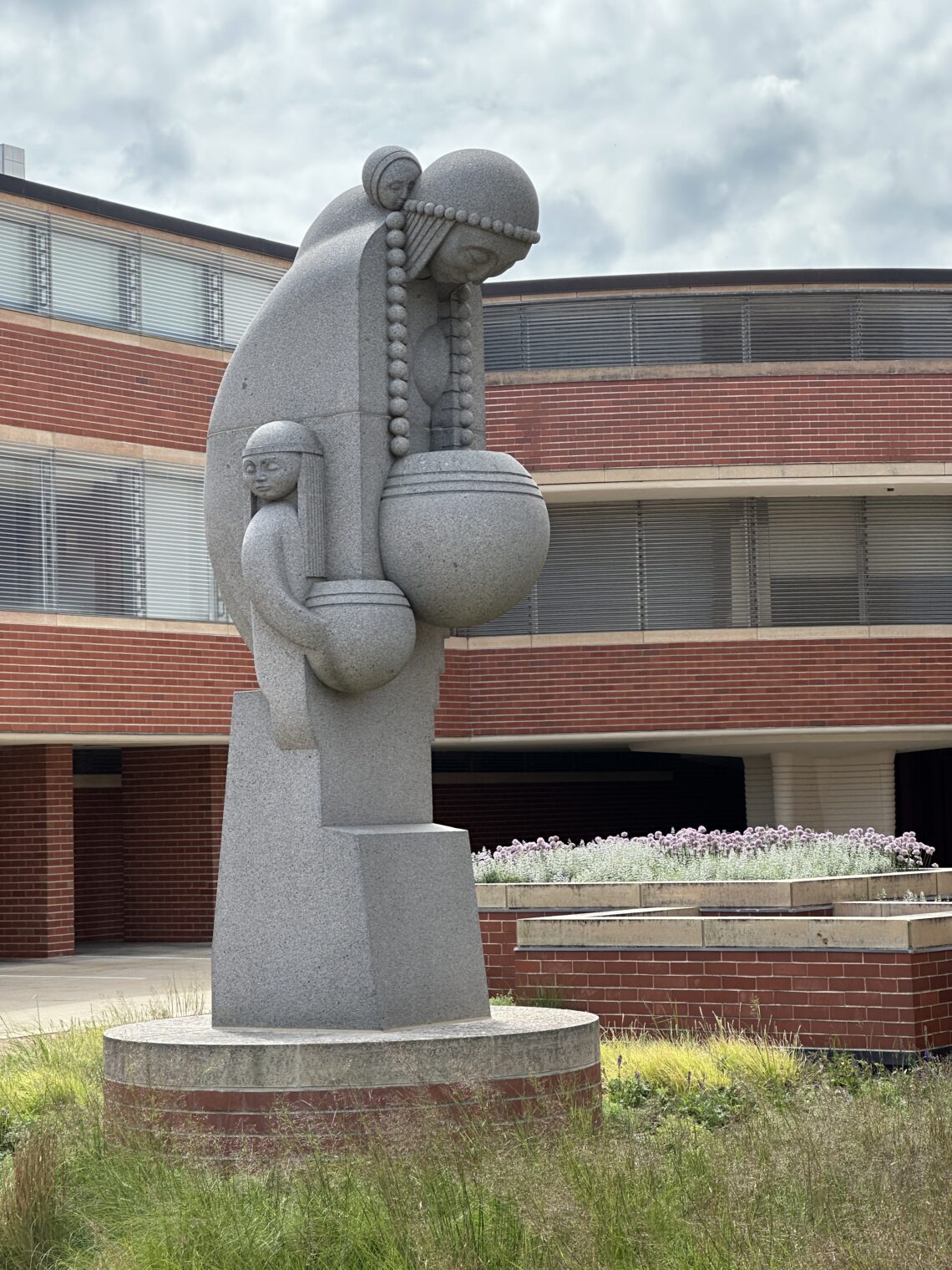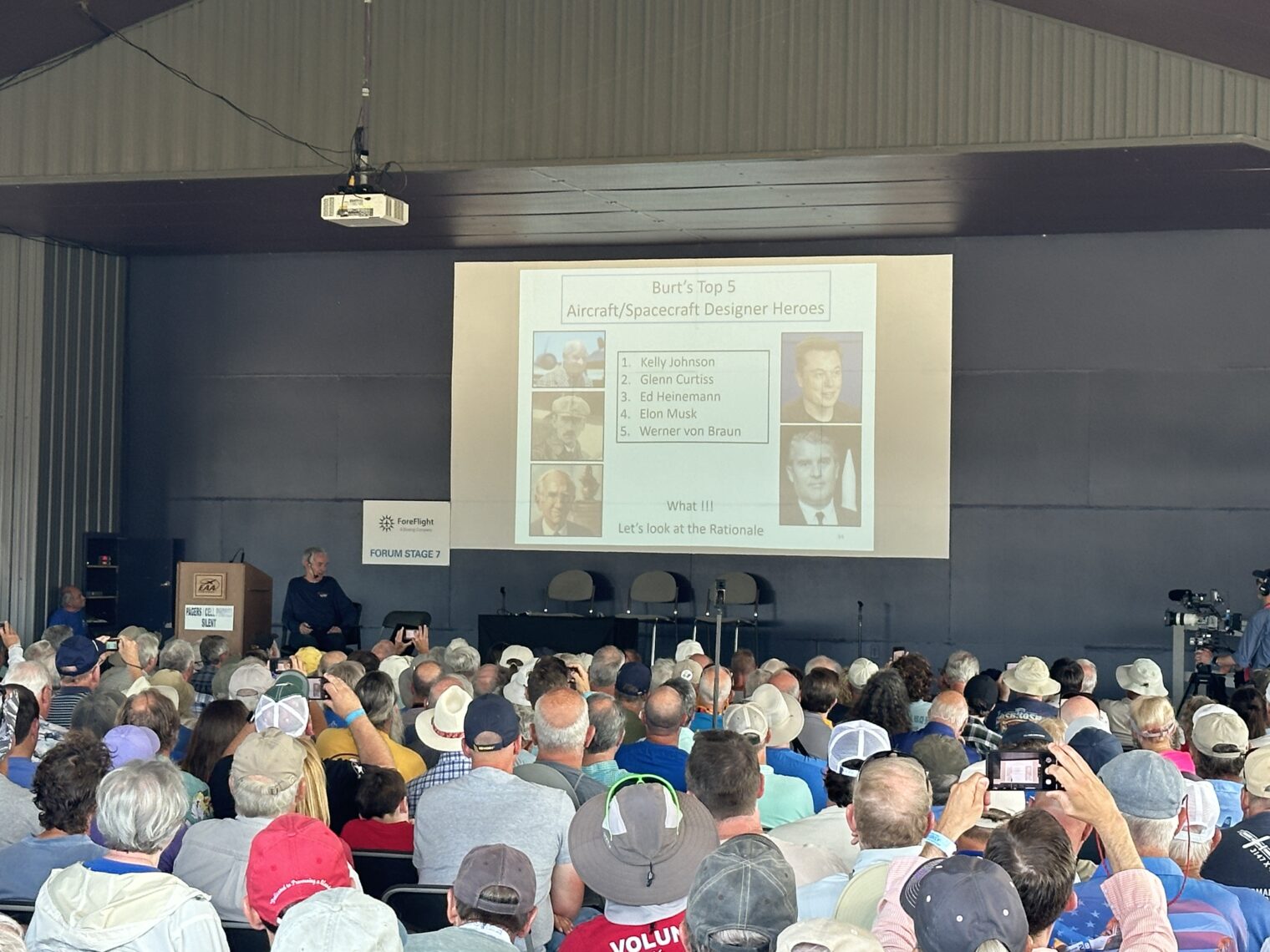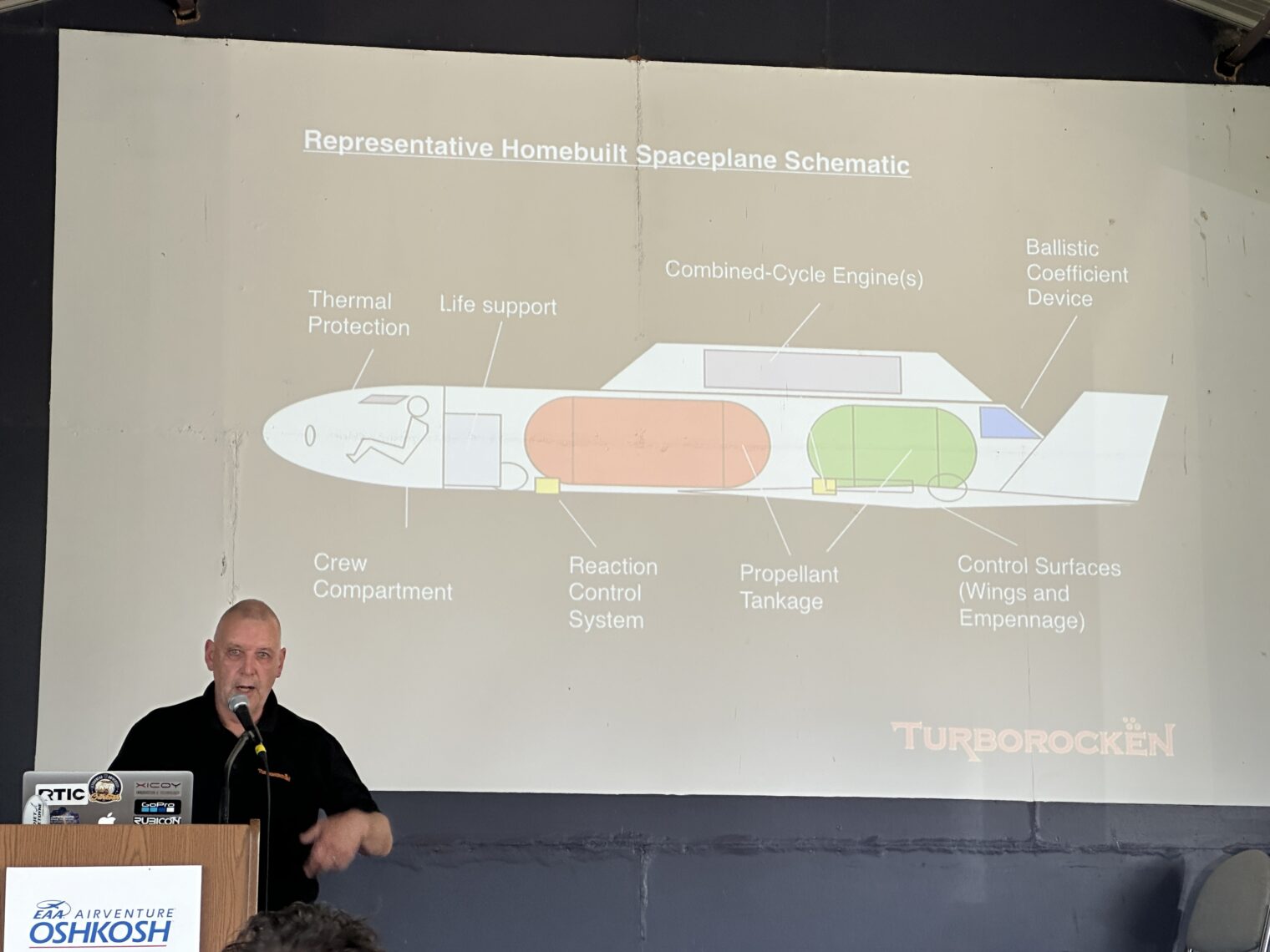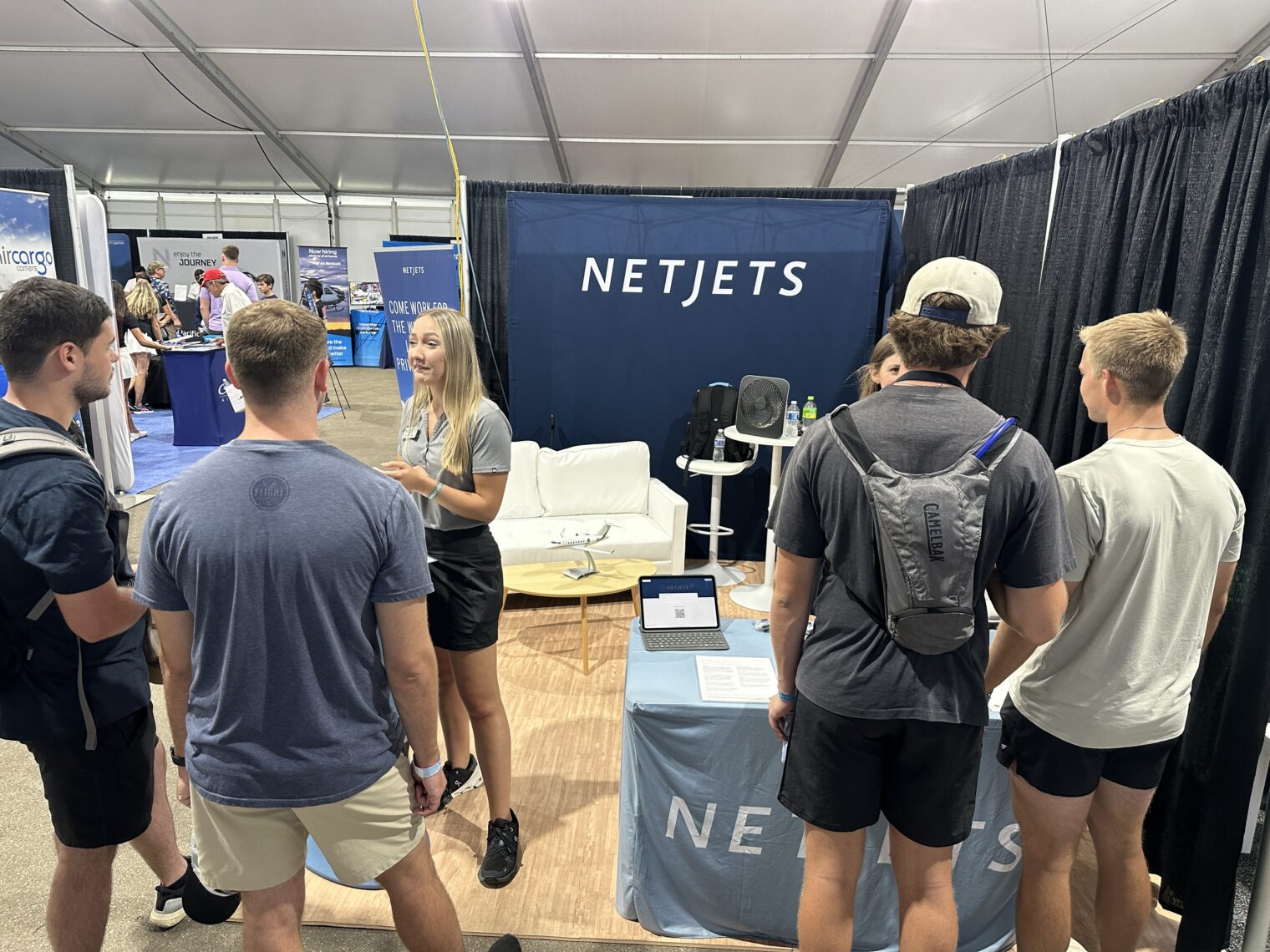S.C. Johnson Frank Lloyd Wright tour
Another installment in the series “Stuff to do on the way to or from Oshkosh.”
Racine, Wisconsin is not just a center of arts and crafts. It’s corporate headquarters for S.C. Johnson, a family-run company that commissioned some of the largest Frank Lloyd Wright projects ever built. As part of the company’s commitment to the community, they’ve been running free public tours since the FLW HQ opened in 1939 (best to go on a weekend because more of the spaces are open; photography isn’t permitted indoors).
Visitors are welcome in a transplanted 1964 World’s Fair pavilion:
The pavilion showed To Be Alive!, which won an Academy Award for short documentary (one of the three screens can be seen on YouTube) and today also shows Carnaúba: A Son’s Memoir, which chronicles a 1998 recreation of a 1935 trip in a Sikorsky S-38 amphib.
After checking in at the pavilion, you walk by a couple of statues of Elizabeth Warren’s family before entering the main building.



You then enter the Research Tower, a 150-foot-high monument to architectural incompetence:
Every part of the Research Tower felt cramped (FLW was short and loved to make tall people uncomfortable) and a single narrow staircase provides the only form of emergency egress. S.C. Johnson limited the usage of the building almost immediately due to concerns about fire risk and the local fire marshal in the 1980s issued an order making the building illegal to occupy. Fortunately, real estate in Racine, Wisconsin is not so valuable that it is imperative to tear down this white (red brick) elephant.
S.C. Johnson apparently wasn’t soured on starchitecture and chose the UK’s Norman Foster to design an employee cafeteria/gym/museum/etc. The replica Sikorsky S-38 hangs in the lobby. In this building you learn more about the company’s five CEOs, all from within the family and all with technical experience or training (the current CEO has a PhD in physics). One inspiring quote from Sam Johnson, CEO N-1, was engraved into the 2010 Norman Foster building and says that every person has a “spirit of adventure”. Fair to say that coronapanic proved that the typical human in his/her/zir/their 20s is precisely adventurous enough to cower indoors for a year or two, leaving his/her/zir/their apartment only to get whatever injections the local public health officials have dreamed up?
The Johnson family loved to fly. Sam, for example, seems to have had a Cessna Citation Jet and was also a big supporter of EAA. Flying down to South America and setting up an American-style research lab in the jungle worked about as well for S.C. Johnson in 1935 as it did for Ford in 1928 (see Book review: Fordlandia). Here’s the current CEO’s pilot certificate from the FAA’s web site:
(Having a Private certificate with a jet type rating is truly the mark of a rich person!)
In the film about the 1998 trip in the Sikorsky replica, Sam Johnson is candid about his struggles with alcoholism. Folks who believe in the power of genetics won’t be surprised to learn that his mother was an alcoholic. The typical alcoholic is soon the target of a divorce lawsuit: “The incidence of marital dissolution from W1 to W2 was 15.5% for those with a past-12-month [alcohol use disorder; “AUD”] at W1, compared to 4.8% among those with no AUD” (source). Either for love of Sam or love of the family fortune that could be accessed only via continued marriage, Sam’s wife got him into treatment at the Mayo Clinic rather than following the well-worn path to the local family court.
Jet pilots should be grateful to S.C. Johnson for all of the cans of Pledge that have been used to clean windows. New Englanders who enjoy the woods should be grateful for all of the cans of OFF! that are required during the mosquito-infested summer and tick-infested fall and spring. Our brothers, sisters, and binary-resisters who shave their beards should be grateful for S.C. Johnson’s invention of Edge shaving cream (something the Followers of Science apparently reject, since they are often seen wearing an N95 mask over a full beard, contrary to the instructions that 3M includes with the mask). All of us can be grateful for Windex!
Full post, including comments






































































